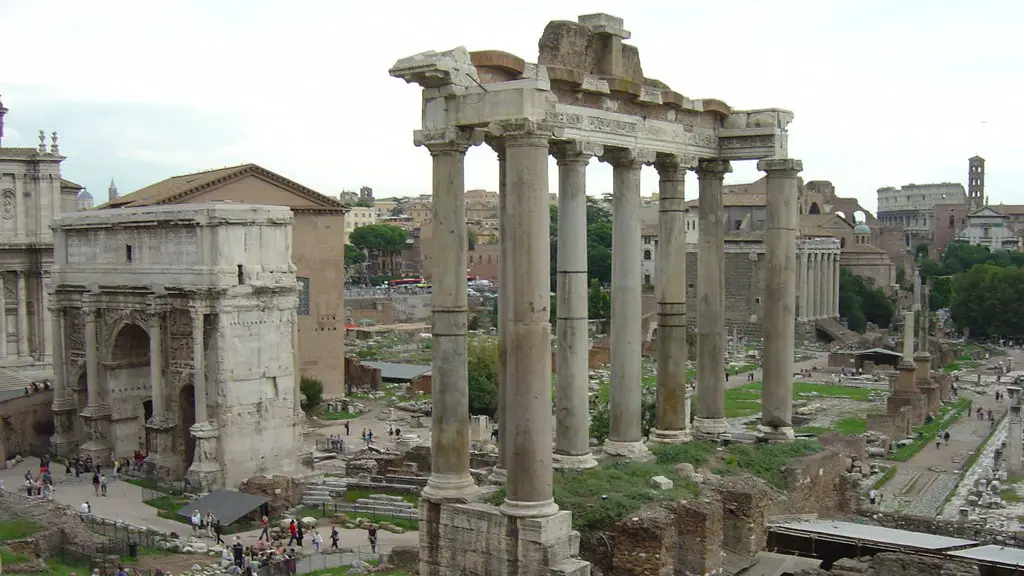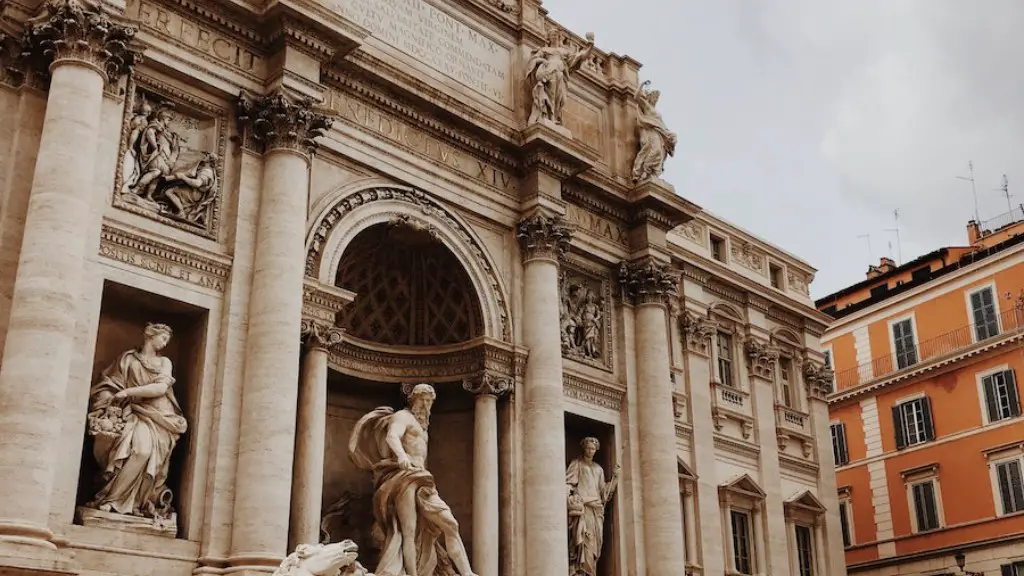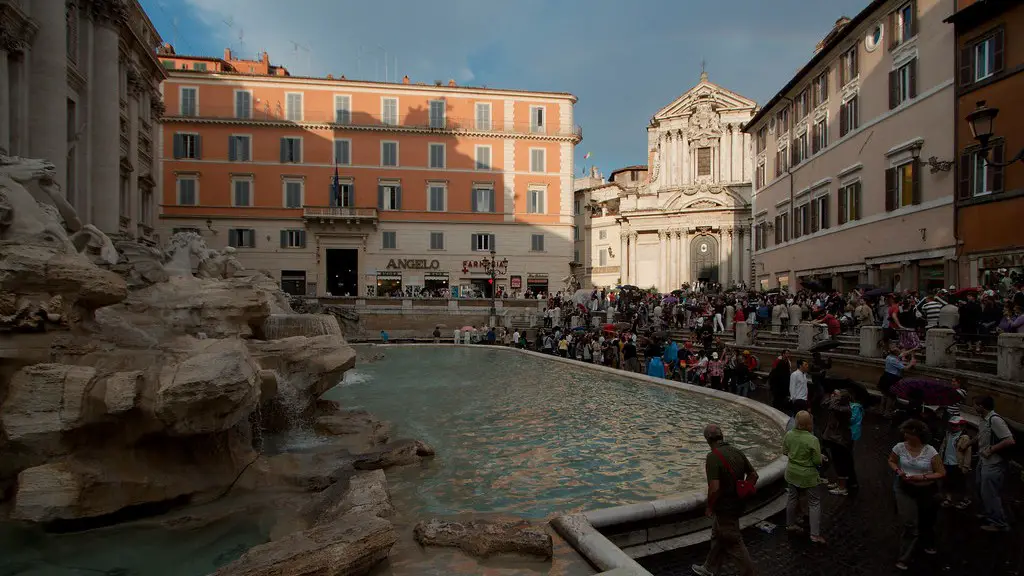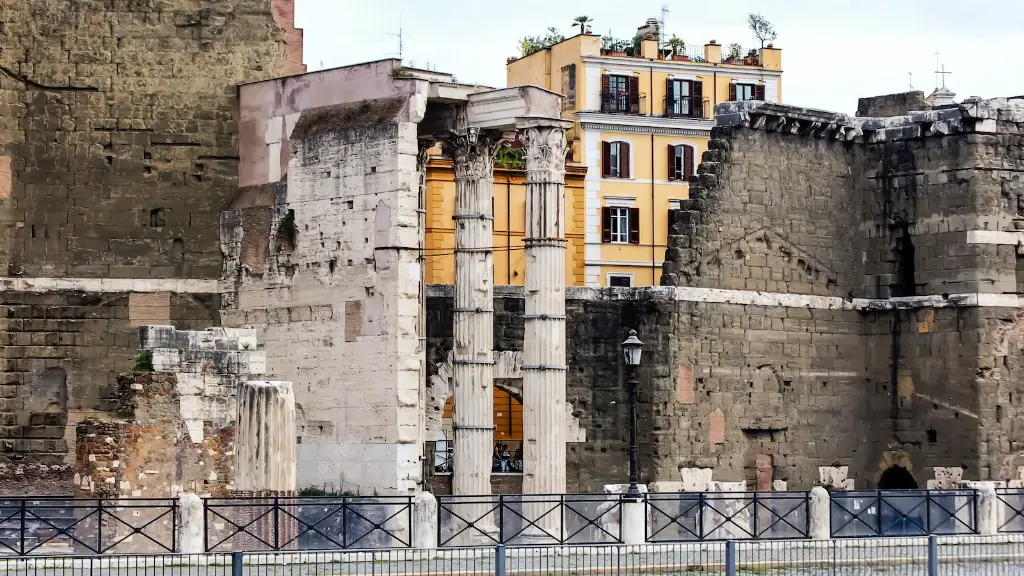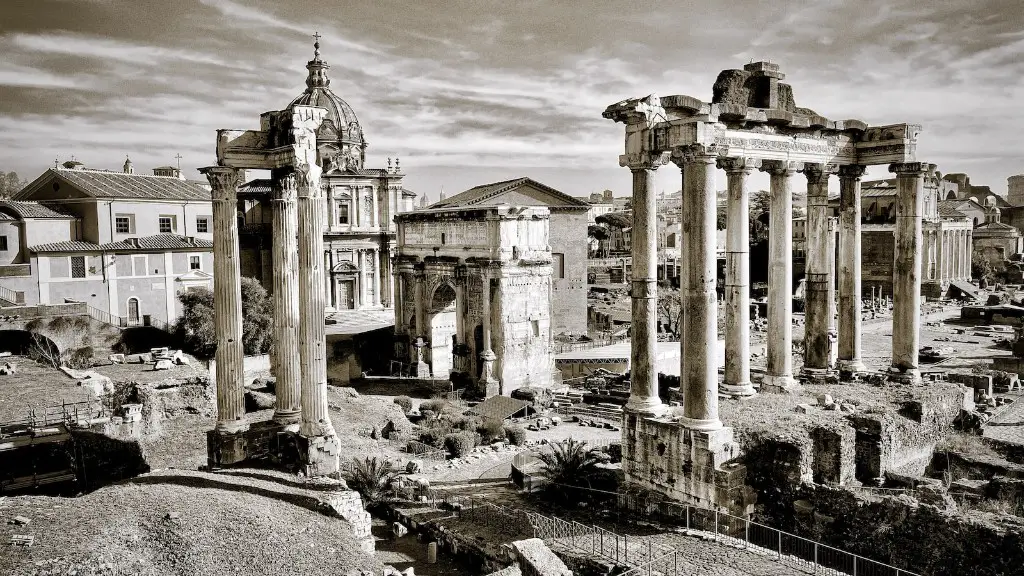The baths in ancient Rome served many purposes and were a staple in Roman society. The most basic function of the baths was to provide cleanliness and hygiene, but they also served as social gathering places, and even as a place of business. The baths were built in a variety of sizes and styles, and each one had its own unique features. The most famous of the ancient Roman baths is the Baths of Caracalla, which is still standing today and is a popular tourist destination.
The baths in ancient Rome served a number of functions. They were public places where people could go to relax, socialize, and escape the heat of the day. The baths were also places where people could go to get clean. The facilities typically included a series of interconnected rooms with different temperatures. There would be a cold room, a warm room, and a hot room. The hot room would usually have a pool or a body of water that people could use to cool off.
What was the purpose of baths in ancient Rome?
The baths were a place for the Romans to clean themselves, but they were also a place for socializing. Most Romans living in the city tried to get to the baths every day to clean up. They would get clean by putting oil on their skin and then scraping it off with a metal scraper called a strigil.
The thermae were a popular social spot in ancient Rome. They were public bathhouses that offered a variety of services, including hot and cold baths, massages, and even food and drink. The thermae were a great way to relax and socialize, and they became even more popular during the empire when the wealthy began to build private thermae. The balneae were smaller bathhouses, often private, that were spread throughout the city. They were less luxurious than the thermae, but they still provided a place to relax and unwind.
What happened in ancient Roman baths
It’s interesting to think about what people did in ancient Roman baths. We know that they were used for hygiene and socializing, but it seems that people also used them for gambling and other activities. This is shown by the presence of dice and coins, which suggest that gambling took place in the baths. Additionally, the needles indicate that women probably did some needlework while they were in the dressing rooms or common areas of the baths. It’s fascinating to imagine what life was like in these places centuries ago.
The public bath was built around three principal rooms: the warm one called the tepidarium, the hot one called the caldarium, and the big cold bath called the frigidarium. The caldarium was where slaves would rub their masters all over with perfumed oil and then scrape it off with a knife called a strigila. The frigidarium was used to swim in.
Were Roman baths sanitary?
Bathing was a communal activity in ancient times. The largest known baths could take 3000 people at a time, clean and dirty, healthy and sick. No one used soap. People preferred to be slathered in oil and scraped clean with a curved implement called a strigil.
The Bath Festival is a yearly event where swimmers bathe in the waters. After the death of a swimmer, the water was found to be polluted with a dangerous amoeba. public bathing was banned on health grounds.
How did Roman baths stay warm?
A hypocaust was a system of heating used in public baths. A furnace would force heat into a series of hollow chambers between the ground and the floor, and up pipes in the wall, heating the rooms.
Slaves would bath in bathing facilities in the house where they worked or use designated facilities at public baths. The most public baths, thermae, were gifts to the people by rich citizens or emperors and they were run by a conductor. Slaves were not allowed to use the public baths unless they had special permission from their owner.
What did Roman baths look like
Baths at home were generally only big enough to sit up in and they were filled with water from pottery buckets by slaves. Baths proliferated all over the Roman Empire for both military and civilian use. Many were quite ornate, with huge colonnades, decorative mosaics and pools with different temperature water.
While it is true that slaves did sometimes wash their masters and mistresses at the baths, it was not always the case. masters and mistresses also had other slaves who were responsible for their hygiene.
How did the Romans wipe their bottoms?
The tersorium was a soft and gentle way for the Romans to clean their behinds. The sea sponges were attached to a stick, and the gutter supplied clean flowing water to dip the sponges in. This was a much more effective way of cleaning than using a dry cloth or your hand.
Roman culture slowly began to integrate bathing into their everyday lives more frequently as cleansing oneself became a sign of wealth and status. The poorest citizens would cleanse themselves every nine days while the rich would bathe every day. Public baths were built for socializing and listening to city gossip, but the primary goal was to keep oneself clean. As Rome became more civilized, the need for cleanliness increased and bathing became more frequent.
What is the most famous Roman Bath
The Baths of Caracalla were one of the most famous thermae (public baths) in ancient Rome. These baths were built between 211 and 224 by the emperors Caracalla, Heliogabalus, and Severus Alexander and could accommodate up to 8,000 people at a time. The baths were used for both bathing and socializing and featured amenities such as libraries, gardens, and concert halls. The Baths of Caracalla were destroyed in the 6th century and today only ruins remain.
The ancient Romans had a very different attitude towards toilets and public baths than we do today. To them, these places were not only heavily smelly but also full of disease. As such, they were to be avoided whenever possible.
This is not to say that the Romans were unclean people. On the contrary, they took great pride in their personal hygiene. But they believed that exposure to other people’s bodily fluids was a sure way to contract disease.
Interestingly, this belief was borne out by recent research which has shown that exposure to human waste is indeed a major risk factor for contracting diseases like cholera and typhoid.
So next time you’re complaining about the state of the public toilets, remember that it could be a lot worse – you could be living in ancient Rome!
Did the Romans brush their teeth?
Ancient Romans also practiced dental hygiene and used frayed sticks and abrasive powders to brush their teeth. These powders were made from ground-up hooves, pumice, eggshells, seashells, and ashes. This showed that they were highly aware of the importance of keeping their teeth clean and free from bacteria.
It was considered to be in poor taste for men and women to bathe together in Roman bath houses. Each had their own designated time at the bath house. For instance, women may have been allowed in the bath houses in the morning while men came in in the afternoon.
Warp Up
The baths in ancient Rome were public facilities where citizens could go to enjoy hot baths and socialize with friends. The most popular of these baths were the thermae, which were large, multi-story buildings that offered a wide range of amenities including library, gym, and gardens.
The baths in ancient Rome were large and luxurious. There were many different rooms, each with its own purpose. The baths were used for relaxation, socializing, and even for business deals. The wealthy citizens of Rome would have private baths, while the poorer citizens would use the public baths. The baths were an important part of Roman culture and society.
